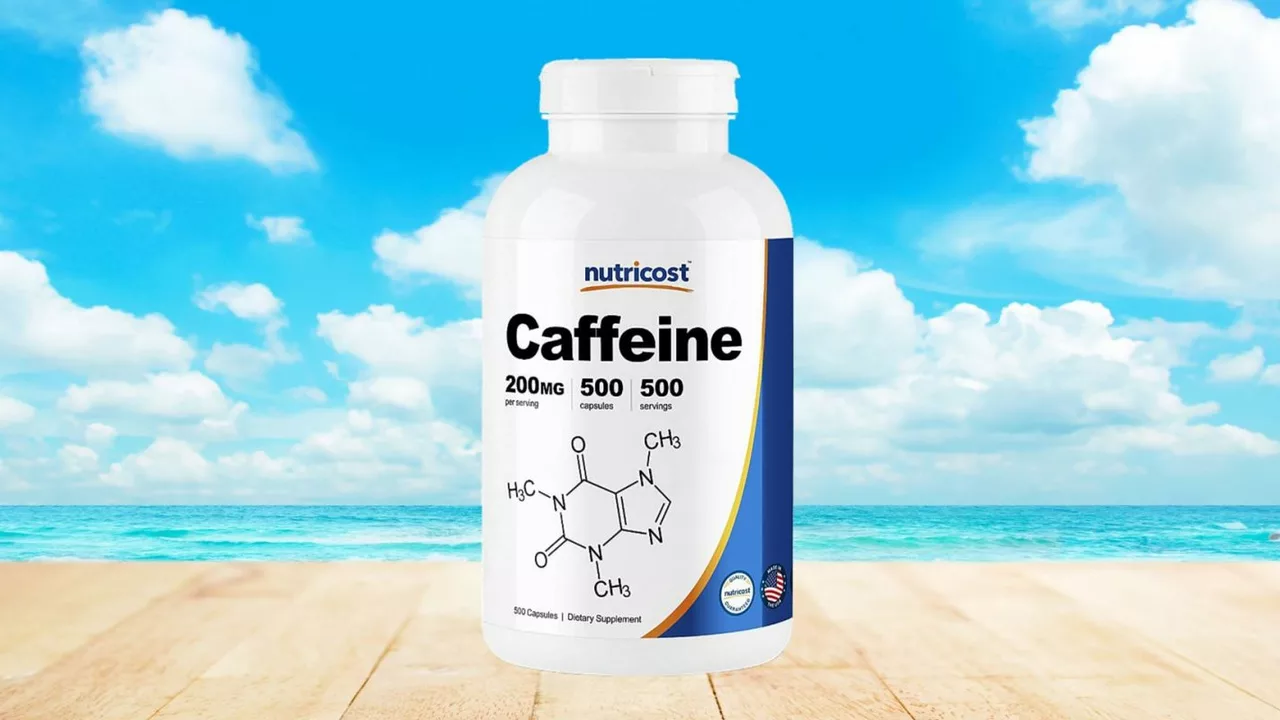Osteoporosis Risk: How to Spot It and Lower It
One in three women over 50 will break a bone because of osteoporosis. Men aren't immune either. The good news: you can cut your risk with simple steps and smart checks.
Know the risks
Start by knowing your risks. Age and family history matter, but so do lifestyle and some medicines. Smoking and heavy drinking weaken bone. Long courses of steroids - the kind doctors prescribe for severe asthma, joint disease or some autoimmune problems - speed up bone loss. Even common drugs like proton pump inhibitors (Nexium and similar) or certain seizure medicines can raise fracture risk when used for years. Low body weight, vitamin D deficiency, and a sedentary life add up too.
Want practical checks? Ask your doctor about a bone density test (DXA). It's quick and tells you if your bones are already thin. Screening is usually recommended for women aged 65 and older and men at 70, but get tested earlier if you have major risk factors - long-term steroid use, early menopause, or a fracture after minor trauma.
How to lower your risk
Small daily habits make a big difference. Aim for regular weight-bearing and muscle-strengthening exercises - brisk walking, stair climbing, light weight training, Tai Chi for balance. These build bone and cut fall risk. Add balance work so one slip doesn't turn into a break.
Nutrition matters. Aim for about 1,000-1,200 mg of calcium a day from food first - dairy, leafy greens, fortified plant milk. Check vitamin D too; many adults need a supplement in winter or if testing shows low levels. Talk to your doctor before starting supplements, especially if you take other meds.
Review medications with your clinician or pharmacist. If you take oral steroids or high-dose inhaled steroids, ask if the dose can be lowered or if steroid-sparing options exist. If you rely on a PPI like Nexium long-term, discuss alternatives or the shortest effective duration. Some posts on this site look at inhaler and medication alternatives that might reduce long-term bone risk.
If your DXA shows osteoporosis, treatments exist that can slow bone loss and reduce fractures. Bisphosphonates are common; other options include denosumab and anabolic drugs for high-risk cases. Treatment choice depends on age, health, and fracture risk. Don't stop or switch prescribed medicines without talking to your doctor.
Preventing falls prevents fractures. Keep rooms clutter-free, secure rugs, improve lighting, and wear sturdy shoes. Check vision and hearing - both affect balance. If you exercise, pick activities that match your fitness and mobility.
Watch for warning signs: a sudden height loss, a spine that starts to curve, or a fracture from a minor fall. These demand medical attention.
Lowering osteoporosis risk is mostly about steady habits and smart conversations with your health team. Start with a bone density check if you're over 65 or have risk factors, move more, eat better, quit smoking, and review meds. Small changes today cut your chance of a bad break later. If unsure, ask for a referral to an osteoporosis specialist - endocrinologist or rheumatologist - for personalized care and treatment planning and bone health monitoring.
The Impact of Caffeine and Soda on Osteoporosis Risk
In my recent research on osteoporosis, I've discovered that both caffeine and soda can significantly increase the risk of this bone disease. Excessive caffeine intake can interfere with our body's ability to absorb calcium, a crucial nutrient for bone health. Similarly, sodas, especially cola-type drinks, are high in phosphoric acid, another substance that can hinder calcium absorption. It's important to be mindful of our daily consumption of these drinks to maintain a healthy bone structure. In moderation, however, they shouldn't pose a significant threat to our bone health.

